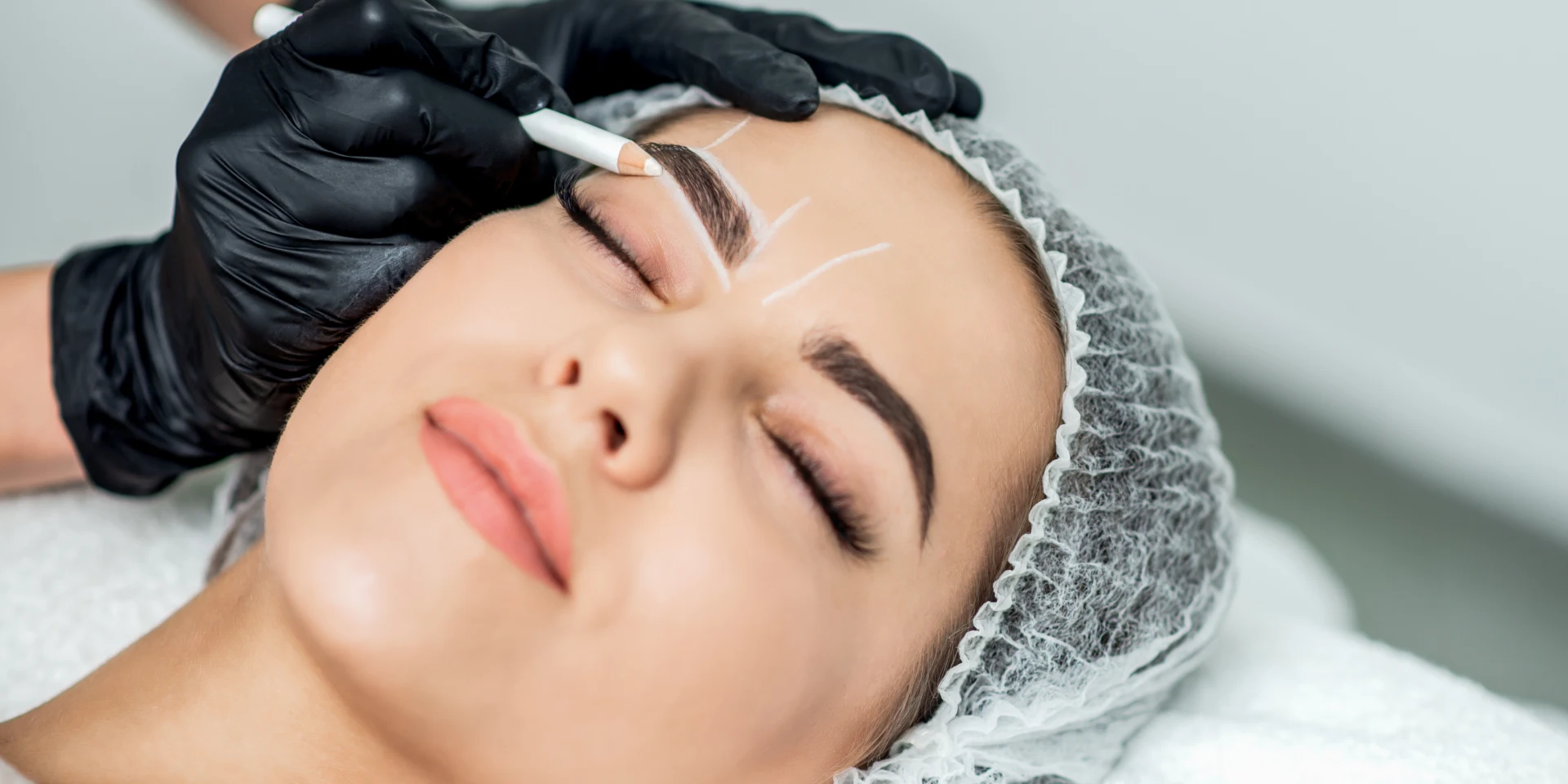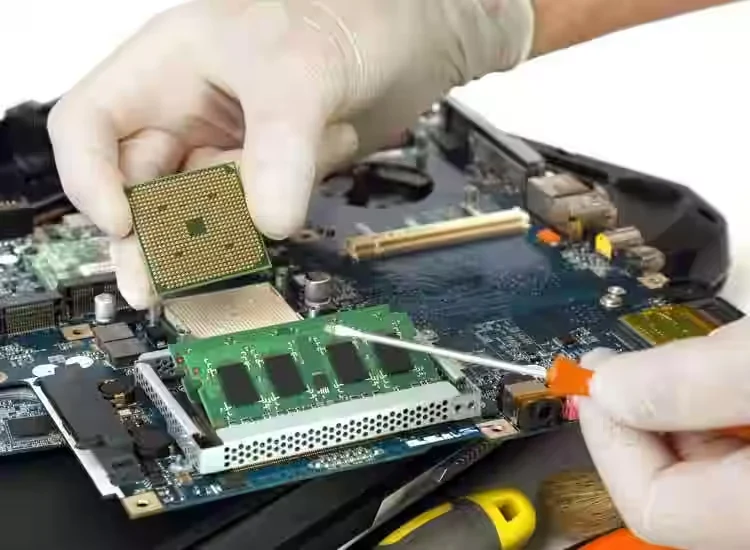Headaches can be debilitating, but there are alternative approaches for managing them. Chiropractic care offers a promising option for individuals seeking relief. Chiropractors utilize various technologies to help manage headaches, providing non-invasive and drug-free solutions.
In this article, we will explore the role of chiropractic care in Headache Management With Chiropractic Care. By understanding these technologies, individuals can make informed decisions about their healthcare and explore alternative treatment options.
Chiropractic care encompasses a range of techniques that target the underlying causes of headaches. From spinal adjustments to electrical stimulation and therapeutic ultrasound, these technologies are designed to alleviate pain, reduce inflammation, and improve overall well-being.
By delving into the realm of chiropractic technology, individuals can gain a deeper understanding of the possibilities available for effective headache management.
Key Takeaways
- Chiropractors focus on the alignment of the spine and nervous system to address the underlying causes of headaches.
- Chiropractic care offers a natural and drug-free approach to headache management.
- Advanced technology and diagnostic tools such as EEG, computerized posturography, and advanced imaging techniques help chiropractors accurately diagnose and develop personalized treatment plans for headache management.
- Integrative approaches combining various techniques and therapies, such as spinal adjustments, soft tissue therapies, and lifestyle modifications, aim to provide long-term relief and improve the overall quality of life for patients.
Understanding the Role of Chiropractic Care in Headache Management
Understanding the role of chiropractic care in headache management involves examining the effective techniques and therapies employed by chiropractors to alleviate and prevent headaches.
Chiropractors utilize a holistic approach, focusing on the alignment of the spine and nervous system to address the underlying causes of headaches. They use manual adjustments, spinal manipulations, and other specialized techniques to correct misalignments and improve the function of the spine. By doing so, they can relieve tension and pressure on the nerves that may be contributing to headaches.
Chiropractors may also incorporate other therapies such as massage, acupuncture, and exercise to further enhance the effectiveness of their treatments. Additionally, they provide education and guidance on lifestyle modifications, including stress management and ergonomics, to help patients prevent future headaches.
Through these comprehensive strategies, chiropractic care offers a natural and drug-free approach to headache management.
Common Types of Headaches Treated by Chiropractors
Chiropractors effectively treat a variety of common headache types using their specialized techniques and therapies.
One of the most common types of headaches treated by chiropractors is tension headaches. These headaches are often characterized by a dull, aching pain that can radiate from the neck to the back of the head. Chiropractors use manual adjustments, spinal manipulations, and muscle release techniques to alleviate tension and reduce the frequency and intensity of these headaches.
Another type of headache commonly treated by chiropractors is migraines. Migraines are typically characterized by severe throbbing pain, often accompanied by nausea, sensitivity to light and sound, and visual disturbances. Chiropractors may use a combination of spinal adjustments, lifestyle modifications, and dietary recommendations to manage migraines and provide relief to patients.
Advanced Technology and Diagnostic Tools Used in Chiropractic Headache Management
Advanced technology and diagnostic tools play a crucial role in chiropractic headache management. These tools aid chiropractors in accurately diagnosing and treating different types of headaches.

One such advanced technology is the electroencephalogram (EEG), which measures the electrical activity in the brain and helps identify abnormalities that may contribute to headaches.
Another tool commonly used is the computerized posturography, which assesses a patient’s balance and posture and provides valuable insights into the underlying causes of headaches.
Additionally, chiropractors may use advanced imaging techniques such as magnetic resonance imaging (MRI) or computed tomography (CT) scans to further evaluate the structures of the head and neck.
These diagnostic tools enable chiropractors to develop personalized treatment plans and provide targeted care to alleviate headaches and improve overall well-being.
Non-Invasive Treatment Techniques for Headache Relief
Non-invasive treatment techniques are utilized by chiropractors to provide headache relief. These techniques aim to address the underlying causes of headaches and alleviate the associated symptoms without the need for surgery or medication.
One commonly used non-invasive treatment technique is spinal manipulation, also known as chiropractic adjustments. This technique involves applying controlled force to the spine to restore normal alignment and improve spinal function. By doing so, it can relieve tension and pressure on the nerves that may be contributing to headaches.
Another non-invasive treatment technique is massage therapy, which involves applying manual pressure and manipulation to the soft tissues of the body. This can help reduce muscle tension and improve blood flow, which may help alleviate headache pain.
In addition, chiropractors may also recommend lifestyle modifications, such as stress management techniques, dietary changes, and exercise, to help prevent and manage headaches.
Integrative Approaches to Headache Management With Chiropractic Care
When it comes to managing headaches with chiropractic care, chiropractors employ integrative approaches that combine various techniques and therapies to provide comprehensive relief.
Integrative approaches to headache management involve a holistic approach that takes into account the individual’s overall health and well-being.
Chiropractors may use a combination of spinal adjustments, soft tissue therapies, and lifestyle modifications to address the underlying causes of headaches and alleviate symptoms.
They may also incorporate other modalities such as acupuncture, massage therapy, and nutritional counseling to enhance the effectiveness of treatment.
By addressing not only the symptoms but also the root causes of headaches, chiropractors aim to provide long-term relief and improve the overall quality of life for their patients.
This integrative approach allows chiropractors to tailor treatment plans to each individual’s specific needs, ensuring a personalized and effective approach to headache management.
Long-Term Strategies for Preventing Headaches With Chiropractic Care
To effectively prevent headaches with chiropractic care, chiropractors employ long-term strategies that focus on addressing the underlying causes of the condition. These strategies aim to promote overall wellness and reduce the frequency and severity of headaches. Here are three key long-term strategies utilized by chiropractors:
- Spinal adjustments: Chiropractors perform spinal adjustments to correct misalignments or subluxations in the spine. By realigning the vertebrae, they can alleviate tension and pressure on the nerves, which can contribute to headaches.
- Posture correction: Poor posture can strain the muscles and joints in the neck and upper back, leading to headaches. Chiropractors educate patients on proper posture and provide exercises and stretches to improve posture and reduce headache triggers.
- Lifestyle modifications: Chiropractors work with patients to identify lifestyle factors that may contribute to headaches, such as diet, stress, and sleep habits. They provide guidance on making healthy lifestyle choices, including recommendations for nutrition, stress management techniques, and sleep hygiene practices.
Frequently Asked Questions
Can Chiropractic Care Completely Eliminate Headaches?
Chiropractic care can provide effective relief for headaches, but it may not completely eliminate them for everyone. It is important to work with a chiropractor to develop a personalized treatment plan that addresses the underlying causes of your headaches.
Are There Any Risks or Side Effects Associated With Chiropractic Headache Management?
Chiropractic headache management is generally safe, but like any medical treatment, there may be risks and side effects. Common side effects include temporary soreness, stiffness, and headache exacerbation. It is important to discuss any concerns with a chiropractic professional.
How Long Does It Typically Take to See Results From Chiropractic Treatment for Headaches?
The duration of chiropractic treatment for headaches can vary depending on the individual and the severity of their condition. It is best to consult with a chiropractor to determine an estimated timeframe for seeing results.
Is Chiropractic Care Suitable for All Types of Headaches?
Chiropractic care is a non-invasive and drug-free approach that can be beneficial for various types of headaches. However, it is important to consult with a chiropractor to determine if it is suitable for your specific condition.
Can Chiropractic Care Be Used as a Preventative Measure for Headaches?
Chiropractic care has been shown to be effective in managing headaches, but its role as a preventative measure is still being researched. By addressing underlying issues such as spinal misalignments, chiropractors aim to reduce the frequency and severity of headaches.
Conclusion
In conclusion, chiropractic care offers a range of advanced technologies and techniques for the management of headaches. By targeting the root causes of headaches and providing non-invasive and drug-free solutions, chiropractors strive to alleviate pain and improve overall well-being.
From spinal adjustments to electrical stimulation and therapeutic ultrasound, these technologies aim to reduce inflammation and provide relief. With a deeper understanding of the possibilities available, individuals can make informed decisions about their own healthcare and explore alternative treatment options for effective headache management.
You May Also Like:






